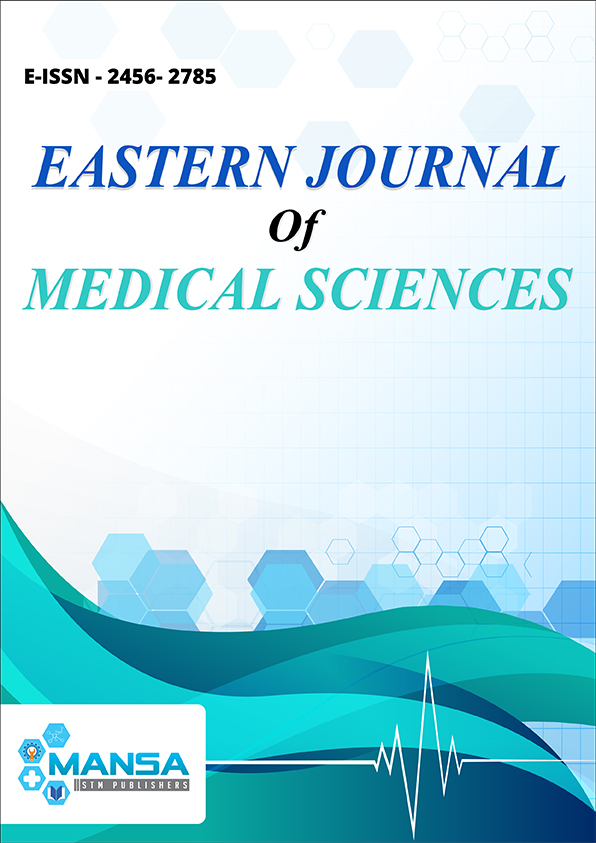An Extensive Warfarin-Induced Jejunal Hematoma
DOI:
https://doi.org/10.32677/EJMS.2019.v04.i01.010Keywords:
Oral anticoagulation, Intra-mural hematoma, WarfarinAbstract
The most common adverse event associated with oral anticoagulation (OAC) is bleeding in general that is seen in 5 to 48% of patients and gastrointestinal bleeding (GIB) in particular which occurs in 2–4% of patients. Intramural hematoma (IMH) is a rare variant of GIB, occurring in 1 in every 2500 patients and is treated with OACs. IMHs are rarely fatal and the current data suggest conservative medical therapy and clinical follow-up for management of IMHs. GIB and intestinal IMH is becoming a more common clinical problem because of increasing number of patients taking OACs. This report describes a 91-year-old woman who was presented with abdominal discomfort for 2 days. The patient had been under anticoagulant therapy with warfarin because of atrial fibrillation. She was found to have an inappropriately prolonged international normalized ratio level of 8.1. IMH was confirmed with abdominal ultrasound and computed tomography (CT) scan. The patient was treated conservatively with fluid resuscitation, nasogastric decompression, bowel rest and reversal of anticoagulation. Follow-up CT scans, approximately one month after medical treatment, demonstrated complete resolution of the IMH. Intestinal IMH should be considered in the differential diagnosis of acute abdomen in any anti-coagulated patient with abdominal complaints.

